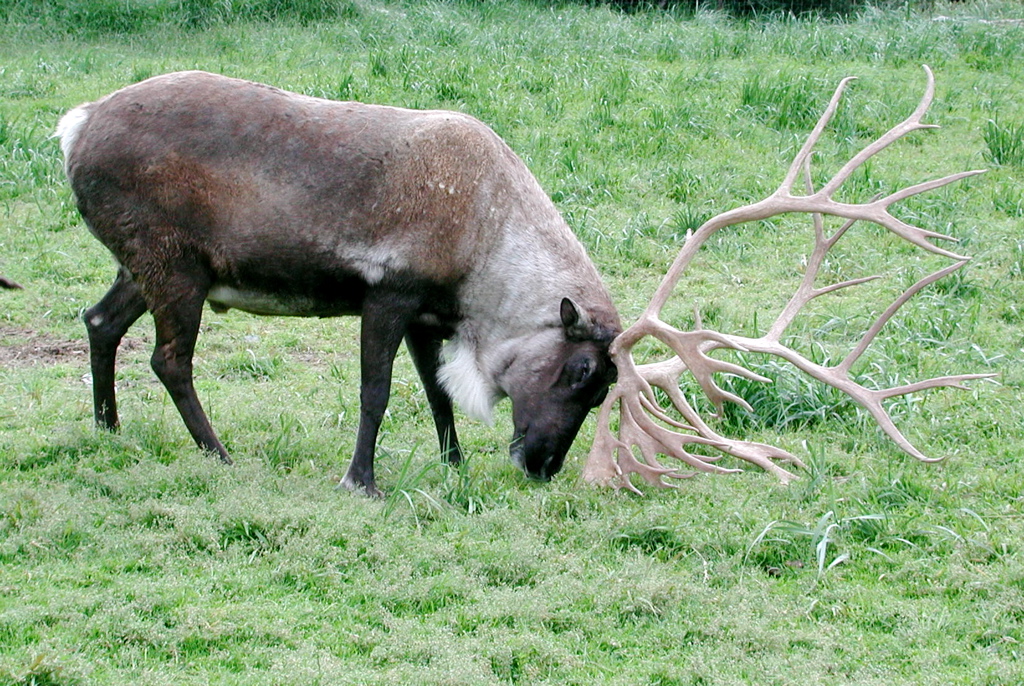For some, deer are a topic of great seasonal interest. But deer are fascinating creatures year round. Although reindeer make headlines in the United States during December they aren’t the only Cervids with some pretty neat physical traits that inspire curious questions.
But first, what is a deer? To know the answer to that question, you’ll need to know a little bit about taxonomy, or the scientific classification of different organisms into levels. Deer are in the family Cervidae, which is the category of hoofed, ruminant mammals on the taxonomic hierarchy.
There are three subfamilies of Cervidae: Cervinae, which includes elk; Capreolinae, which includes many common deer and moose; and Hydropotinae, made up of only one species of deer, mentioned in this list. These subfamilies make up the 47 species of deer in the Cervidae family, and these five examples are just a small sample of the incredible and diverse range of deer species in the world.
1.Megaloceros

- Water deer
The only deer in the subfamily Hydropotinae, Chinese and Korean water deer stand out due to their large protruding tusks. Aptly nicknamed the “vampire deer,” these Cervids use their fangs to compete with other males for mates and fend off predators. However, they also have adorable fuzzy, rounded ears, and only stand a couple feet tall, which detracts a bit from the tusk intimidation.
- Pudú
The southern and northern pudú are the world’s smallest species of deer, standing at just 13-17 inches tall and 33 inches long and weighing around 25 lbs. This tiny ruminant lives in rainforests in southern Chile and southwestern Argentina. Males have short, spiky antlers that they shed annually. Pudús are a near threatened species due to the destruction of their native rainforests, but efforts are being made to better track and preserve the population.
- Muntjac
The muntjac, another small deer standing around 15-25 inches tall, is also known as the “barking deer” due to its part-goat, part-dog-like cry. Muntjacs are native to parts of Asia, and live in areas with dense vegetation. The males also have tusks similar to the Chinese water deer in addition to short, sharp antlers.
- Reindeer

Speaking of reindeer, you’ll have the chance to meet this incredible ruminant yourself at WonderLab’s Reindeer Reserve! On Saturday, Dec. 12 and Sunday, Dec. 13, you can get up close to live reindeer and learn more about how they thrive in the icy north regions of the world. Tickets are $5 for non-members and $3 for members. Come equipped with your new knowledge of the Cervidae family and get ready to meet an amazing deer!
Sources/Learn more:
Cervidae
Megaloceros
Chinese water deer
Pudú
Muntjac
Reindeer







[…] The world is filled with a diverse range of species that share physical similarities with deer. Observing these animals and learning about their unique traits can help us appreciate the rich variety of wildlife that exists on our planet. From the chinkara's unshed horns to the muscular gemsbok roaming the Kalahari Desert, these captivating creatures are sure to astonish and captivate anyone who delves into their fascinating world. [19][20] […]